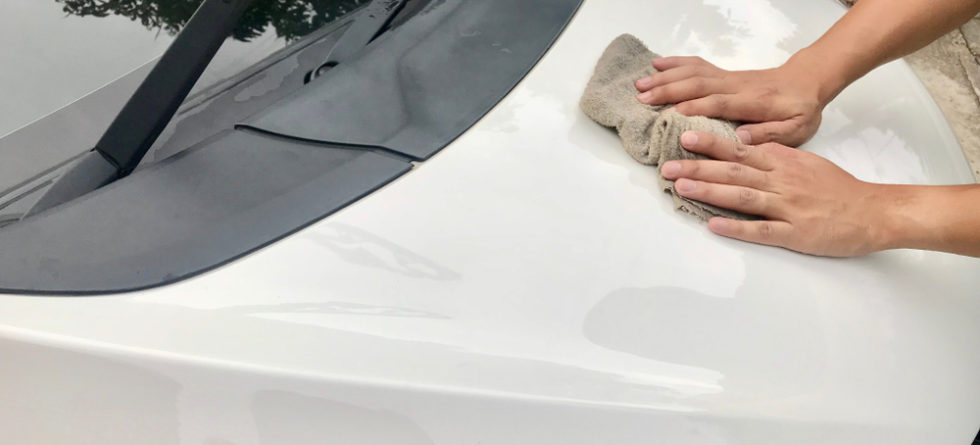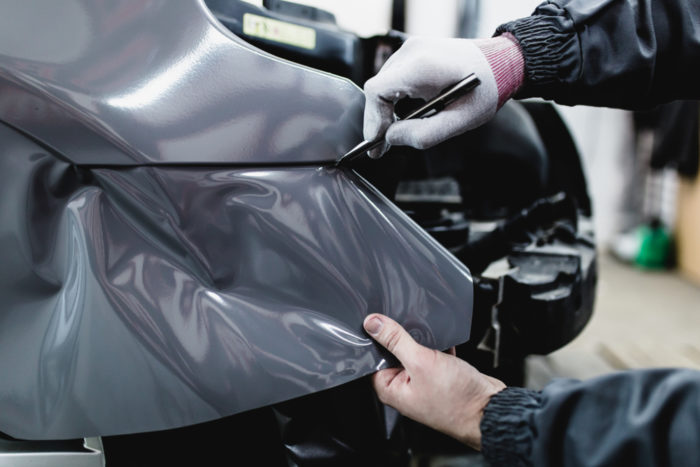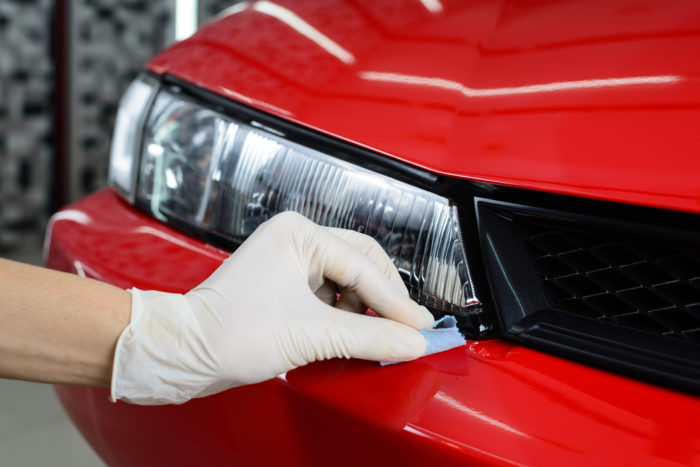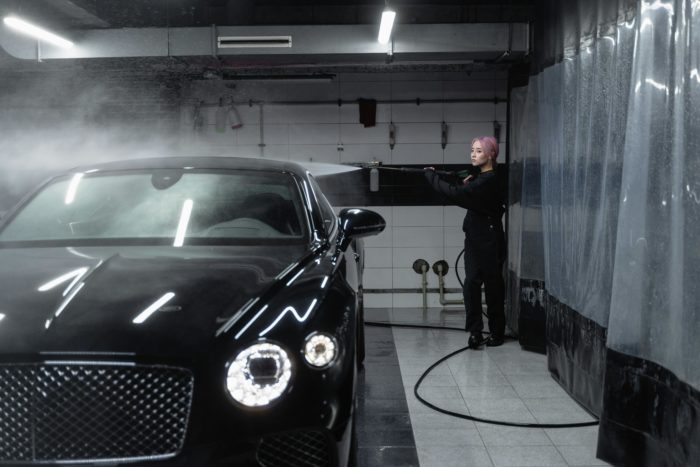Is It Hard To Paint A Car At Home?

Painting a car at home can be challenging, especially if you’re aiming for a professional-quality finish. The difficulty lies not only in the actual painting process but also in the extensive preparation work required and the potential for things to go wrong without the proper equipment and environment.
Here are some key points to consider that highlight the challenges of painting a car at home…
1. Preparation Work
- Thorough Cleaning – The vehicle must be completely clean and free from any dirt, grease, or rust.
- Sanding – The entire car often needs to be sanded down to ensure the new paint adheres properly. This is labor-intensive and requires various grits of sandpaper.
- Repairing Imperfections – Any dents, scratches, or rust spots need to be repaired before painting. This might involve filling, sanding, and additional preparation work.
- Masking – Parts of the car that aren’t being painted, such as windows, lights, and trim, must be carefully masked off.
2. Environmental Control
- Dust and Debris – Painting indoors requires a clean, dust-free environment to prevent imperfections in the paint surface. Achieving this outside of a professional paint booth can be very difficult.
- Temperature and Humidity – The temperature and humidity can affect how paint dries. Controlling these factors at home can be challenging, especially in variable climates.
3. Equipment and Materials
- Quality of Tools – Professional results often require professional-grade equipment, including HVLP (High Volume Low Pressure) spray guns and air compressors.
- Paint Quality – High-quality automotive paint can be expensive, and using cheaper alternatives might not yield the desired durability or finish.
- Safety Gear – Proper respirators, gloves, and protective clothing are necessary to safeguard your health from paint fumes and particulates.
4. Skill and Technique
- Painting Technique – Achieving an even coat without runs, sags, or orange peel texture requires practice and skill.
- Multiple Layers – A professional paint job often involves applying several layers, including primer, basecoat, and clear coat, each requiring sanding and curing in between.
5. Time Commitment
- Lengthy Process – The entire process, from preparation to final curing, can take several days to weeks, depending on the project’s scope and drying times.
6. Potential for Mistakes
- Redoing Work – Mistakes such as drips, uneven coats, or contamination in the paint can require you to redo significant portions of work, increasing time and material costs.
7. Final Quality
- Expectation vs. Reality – Even with careful preparation and attention to detail, achieving a finish that rivals professional work is challenging for amateurs.
Conclusion
While it’s certainly possible to paint a car at home, and many enthusiasts take on this challenge with good results, go into the project with realistic expectations about the difficulty, time investment, and potential for a less-than-perfect finish. If you’re passionate about DIY projects and willing to learn and possibly accept some imperfections, painting your car at home can be a rewarding experience. If you’re seeking a showroom-quality finish, you might want to consider professional services.




